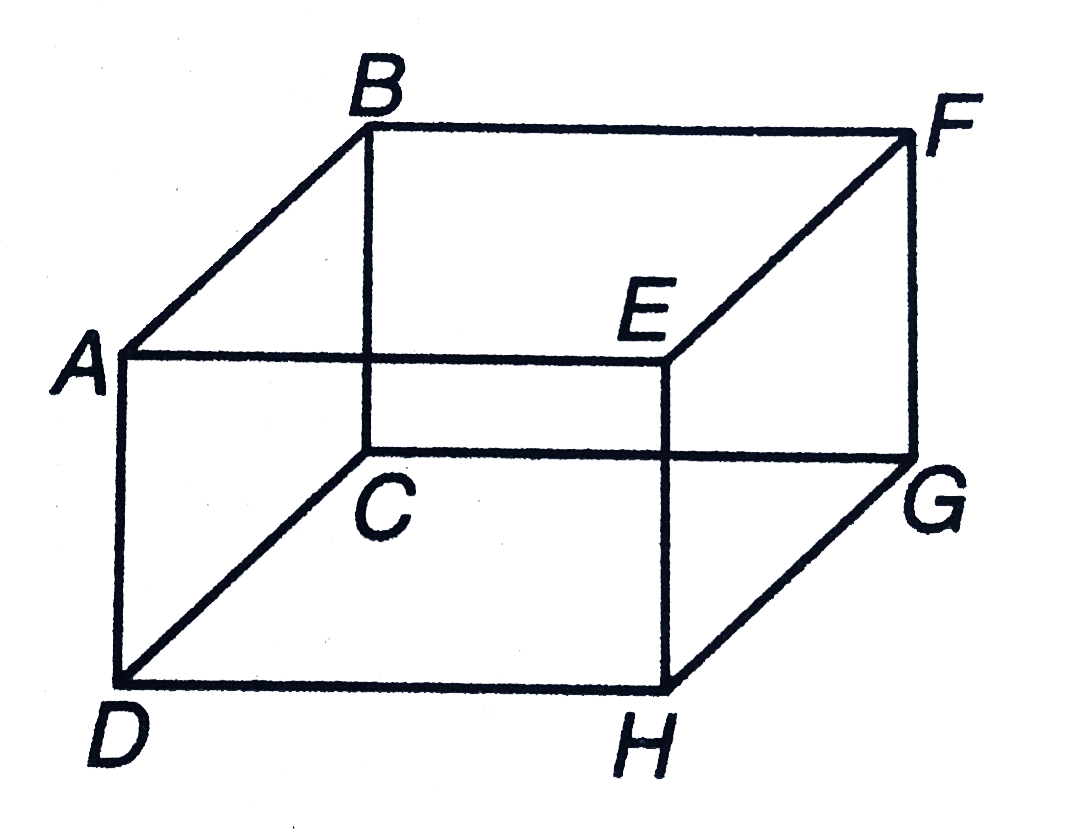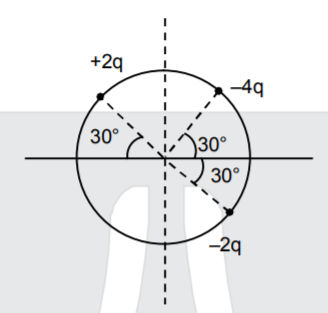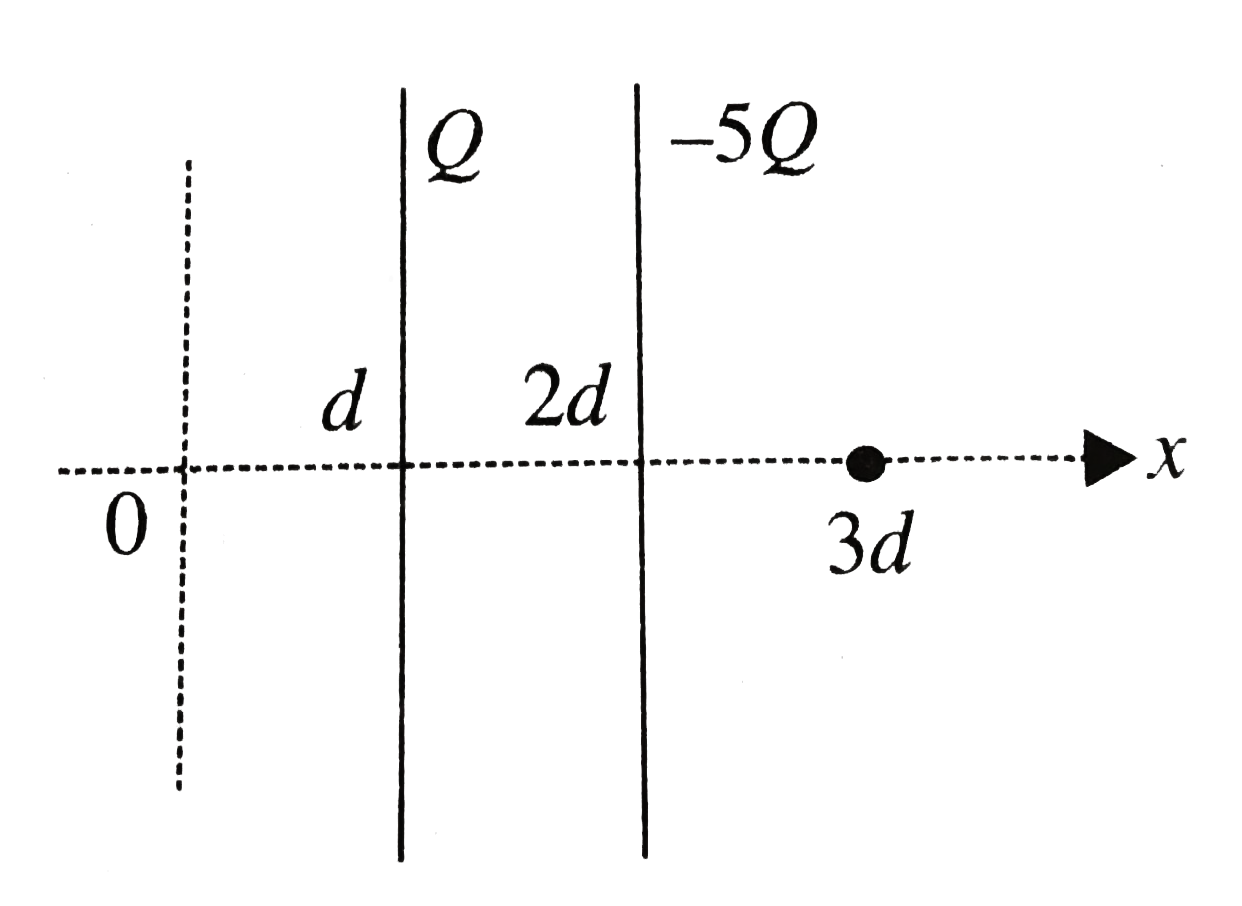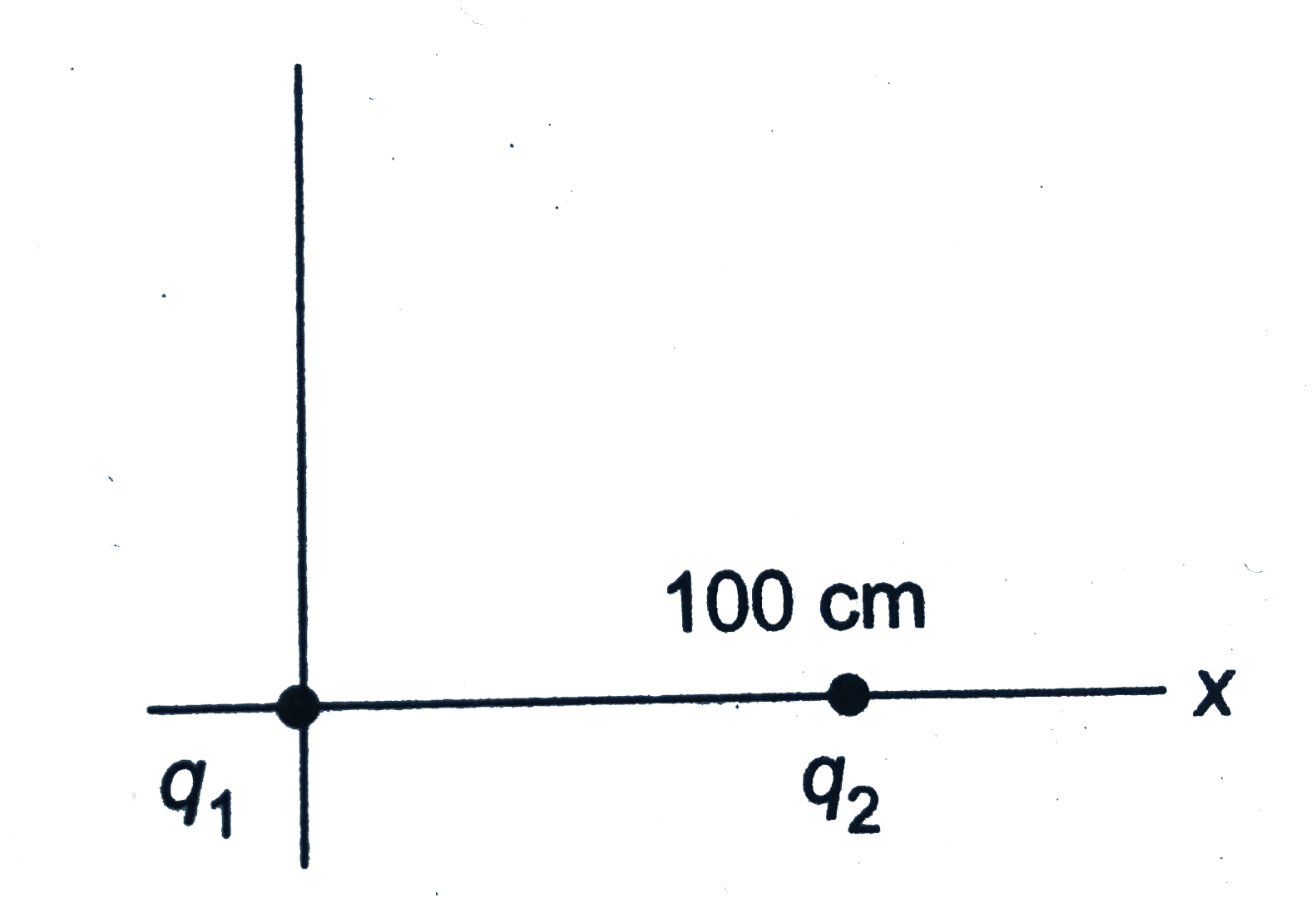(a) The charges each Q are placed at x−d,2d,4d,…∞. Find electric potential at origin O.
(b) A charge +Q is placed at each of the points x=d,x=3d,x=5d,…..,∞ on the x-axis , and a charge −Q is placed at each of the points x=2d,x=4d,x=6d,...,∞.Find the electric potential at the origin O.
Step by step video & image solution for (a) The charges each Q are placed at x - d , 2d , 4d ,…oo. Find electric potential at origin O. (b) A charge +Q is placed at each of the points x = d , x = 3d ,x = 5d ,…..,oo on the x-axis , and a charge -Q is placed at each of the points x = 2d , x = 4d , x= 6d , ...,oo.Find the electric potential at the origin O. by Physics experts to help you in doubts & scoring excellent marks in Class 12 exams.
Updated on:21/07/2023Topper's Solved these Questions
- ELECTROSTATIC POTENTIAL AND CAPACITORSBOOK - DC PANDEY ENGLISHCHAPTER - ELECTROSTATIC POTENTIAL AND CAPACITORSEXERCISE - Check point 2.1
15 Videos
- ELECTROSTATIC POTENTIAL AND CAPACITORSBOOK - DC PANDEY ENGLISHCHAPTER - ELECTROSTATIC POTENTIAL AND CAPACITORSEXERCISE - Check point 2.2
15 Videos
- ELECTROMAGNETIC WAVESBOOK - DC PANDEY ENGLISHCHAPTER - ELECTROMAGNETIC WAVESEXERCISE - Sec C
22 Videos
- ELECTROSTATICSBOOK - DC PANDEY ENGLISHCHAPTER - ELECTROSTATICSEXERCISE - Medical entrances gallery
37 Videos
Similar Questions
A charge +q is fixed at each of the points x=x0, x=3x0, x=5x0,…………x=∞ on the x axis, and a charge −q is fixed at each of the points x=2x0, x=4x0, x=6x0, …………x=∞. Here x0 is a positive constant. Take the electric potential at a point due to a charge Q at a distance r from it to be Q/(4πε0r).Then, the potential at the origin due to the above system of
View SolutionA charge q is placed at point D of the cube. Find the electric flux passing through the EFGH and face AEHD.

View Solution3 charges are placed in a circle of radius d as shown in figure. Find the electric field along x-axis at centre of circle.

View Solution3 charges are placed in a circle of radius d as shown in figure. Find the electric field along x-axis at centre of circle.

View SolutionThe charges - q, Q, -q are placed along x-axis at x = 0, x = a and x = 2a. If the potential energy of the system is zero, then Q:q is
View SolutionFour monochromatic and coherent sources of light, emitting waves in phase of wavelength λ, are placed at the points x = 0, d 2d and 3d on the x-axis. Then
View SolutionTwo large identical plates are placed in front of each other at x=d and x=2d as shown in the figure. If charges on plates are Q and −5Q, the potential versus distance graph for region x = 0 to x = 3d is (d is very small and potential at x = 0 is v0)

View SolutionFour charges of +q, +q +q and +q are placed at the corners A, B, C and D of s square. The resultant force on the charge at D
View SolutionTwo point charges (Q each are placed at (0,y) and (0-y) A point charge q of the same polarity can move along the x-axis. Then
View SolutionA point charge q1=+2μC is placed at the origin of coordinates. A second charge, q2=−3μC, is placed on the x-axis at x=100cm. At what point (or points) on the x-axis will the absolute potential be zero?

View Solution
